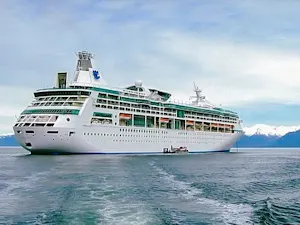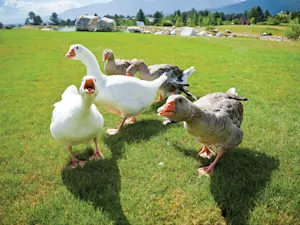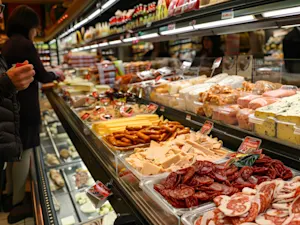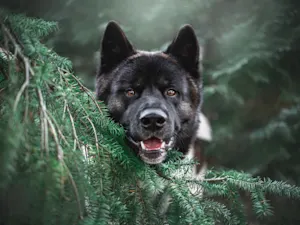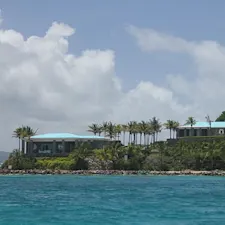
How Crime Is Killing Wildlife
Organized crime is contributing to the rapid decline of wildlife populations across the globe. Transnational criminal organizations (TCOs) are heavily involved in the illegal wildlife trade, which generates up to $20 billion annually. This global black-market ranks behind only drugs and arms trafficking, with Latin America serving as a key hotspot for these operations.
The Scale of Wildlife Trafficking
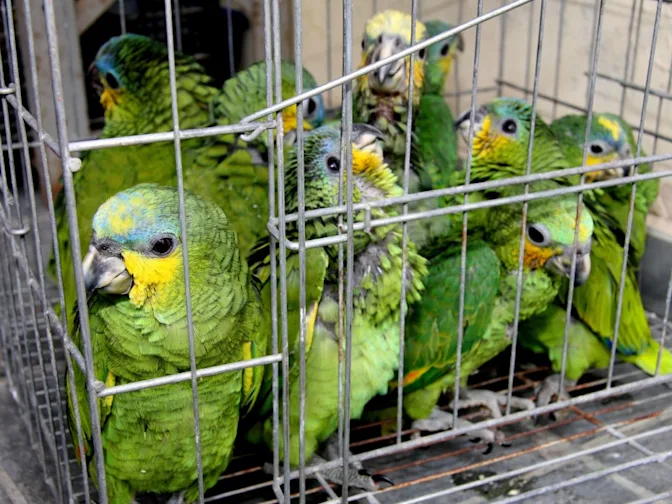
The illegal wildlife trade affects over 4,000 animal and plant species, according to recent reports. High-demand species such as pangolins, elephants, and rhinoceroses are frequently trafficked for their skins, bones, and body parts, which are often used in traditional medicines or luxury goods. While international efforts have helped slow the trafficking of iconic species like rhinos and elephants, many lesser-known animals and plants are still heavily targeted.
In South America, the Amazon's rich biodiversity is exploited by TCOs that use corruption and bribery to bypass regulations. Wildlife such as jaguars and orchids are smuggled out of the region to meet demand in international markets, particularly in Asia. The criminal networks involved are well-organized, often using fake documentation and bribing public officials to transport animals illegally.
The Connection to Drug Trafficking
In the Amazon, wildlife trafficking is often tied to drug smuggling operations. TCOs use the same trafficking routes and networks to move wildlife, making the illegal trade more efficient and harder to detect. This interconnectedness allows these criminal organizations to expand their reach and increase profits from multiple illegal industries.
Social and Environmental Consequences
The illegal wildlife trade has far-reaching impacts beyond just environmental damage. For communities that rely on ecotourism, the loss of key wildlife species can devastate local economies. In regions like Africa, where tourism is a major industry, the decline in species like elephants and rhinos can lead to a significant drop in revenue, job losses, and increased poverty. Additionally, corruption surrounding the trade undermines governance and erodes public trust in environmental protections.
The trade also destabilizes ecosystems by driving species to extinction. The jaguar population, for instance, has been drastically reduced due to poaching for their skins and teeth. Other species, such as the yellow-spotted river turtle and the Lake Titicaca frog, are frequently trafficked for the exotic pet market, pushing them closer to extinction.
Corruption and Weak Enforcement
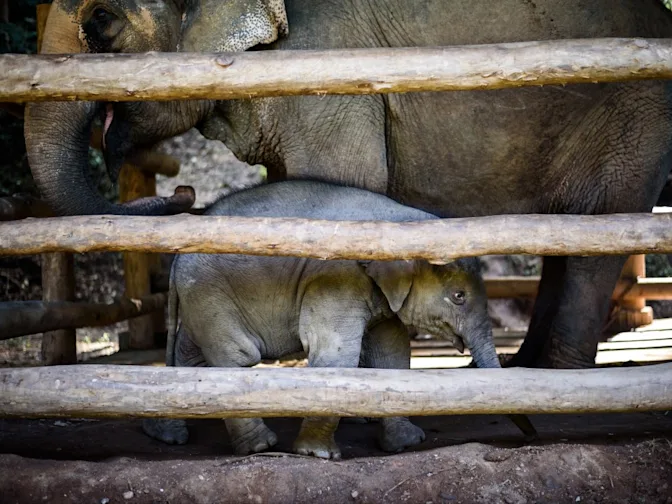
One of the key factors enabling the illegal wildlife trade is the corruption within governmental and enforcement agencies. Criminal organizations use bribery to manipulate officials, allowing them to smuggle species across borders with little interference. Markets like the Belén market in Iquitos, Peru, are notorious for openly selling illegal wildlife, despite the presence of regulations. Weak enforcement and corruption allow the trade to continue largely unchecked in many regions.
While some progress has been made in addressing wildlife trafficking, the illegal trade continues to pose significant threats to global biodiversity. Criminal networks remain well-organized, using sophisticated smuggling techniques and taking advantage of corruption to bypass enforcement efforts. The ongoing exploitation of wildlife not only endangers species but also impacts ecosystems and local economies. Continued international cooperation and stronger enforcement will be crucial in managing this complex issue and mitigating its effects on wildlife populations worldwide.
References: Organized Crime Drives Wildlife Trafficking in Amazon | 4 charts that show how organized crime is endangering wildlife and damaging ecosystems







